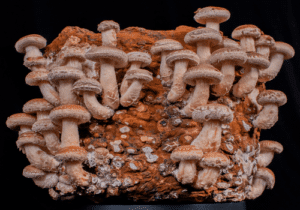
SHIITAKE: Grow Kit Instructions
Learn how to grow Shiitake mushrooms using the Myterra Labs
RECEIVE 10% OFF ON YOUR FIRST ORDER! – USE CODE: WELCOME10
Mushrooms are fascinating organisms that have captivated people’s attention for centuries. They are a type of fungus that grows in many different forms and can be found in nearly every part of the world. One of the most common questions people ask about mushrooms is whether they keep growing or not. In this blog, we will explore the answer to this question and some other interesting facts about mushrooms.
The short answer to this question is yes; mushrooms keep growing. However, it’s important to understand that mushrooms are not like other plants. They don’t grow from seeds and don’t have roots to absorb nutrients from the soil. Instead, mushrooms grow from spores that are released by the parent mushroom.
When the spores land on a suitable surface, they begin to grow into tiny threads called mycelium. Mycelium is like the “root” of the mushroom, and it can spread out for miles beneath the surface of the soil or substrate. As the mycelium grows, it absorbs nutrients from the environment and forms a network of filaments that eventually form the fruiting body we call a mushroom.
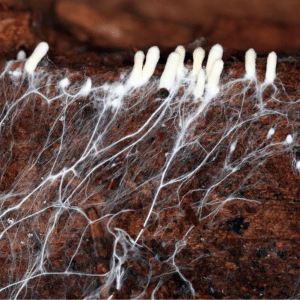
Once the fruiting body (mushroom) has formed, it will continue to grow as long as it has access to the necessary nutrients and environmental conditions. The rate of growth will vary depending on the species of mushroom and the conditions it’s growing in, but some mushrooms can grow several inches per day under optimal conditions.
While mushrooms will continue to grow as long as they have access to the necessary nutrients and conditions, several factors can affect their growth rate and overall health. Some of these factors include:
Temperature: Different species of mushrooms have different optimal temperature ranges for growth. Some prefer cooler temperatures, while others require warmer conditions. If the temperature is too high or too low, it can slow down or stop mushroom growth altogether.
Humidity: Mushrooms thrive in humid environments, and the ideal humidity range will vary depending on the species. If the humidity is too low, the fruiting body can dry out and stop growing.
Light: While mushrooms don’t need light to grow, some species are sensitive to light and may require some exposure to light to trigger fruiting. Light can affect mushrooms in other ways too. Golden and pink oyster mushrooms produce more vibrant colors when grown in bright light. When grown in darkness, golden oysters barely have any yellow coloration to them.
Nutrients: Mushrooms require a specific set of nutrients to grow, including carbon, nitrogen, and minerals. If the substrate they are growing on doesn’t have enough of these nutrients, the fruiting body may be stunted or not grow at all.
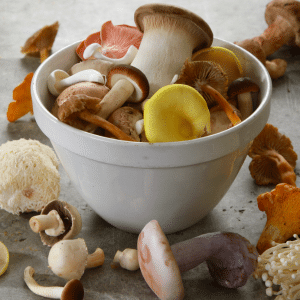
Mushrooms do keep growing as long as they have access to the necessary nutrients and environmental conditions. The growth rate and overall health of the fruiting body will depend on several factors, including temperature, humidity, light, and nutrients. Understanding these factors can help growers optimize their growing conditions and produce healthy and abundant harvests of mushrooms.
Want to try your hand at growing mushrooms? Why not try and Easy Mushroom Grow Kit with your choice of liquid culture.
It’s easy to grow with Myterra Labs.
Mushrooms are fascinating organisms that have captivated people’s attention for centuries. They are a type of fungus that grows in many different forms and can be found in nearly every part of the world. One of the most common questions people ask about mushrooms is whether they keep growing or not. In this blog, we will explore the answer to this question and some other interesting facts about mushrooms.
The short answer to this question is yes; mushrooms keep growing. However, it’s important to understand that mushrooms are not like other plants. They don’t grow from seeds and don’t have roots to absorb nutrients from the soil. Instead, mushrooms grow from spores that are released by the parent mushroom.
When the spores land on a suitable surface, they begin to grow into tiny threads called mycelium. Mycelium is like the “root” of the mushroom, and it can spread out for miles beneath the surface of the soil or substrate. As the mycelium grows, it absorbs nutrients from the environment and forms a network of filaments that eventually form the fruiting body we call a mushroom.

Once the fruiting body (mushroom) has formed, it will continue to grow as long as it has access to the necessary nutrients and environmental conditions. The rate of growth will vary depending on the species of mushroom and the conditions it’s growing in, but some mushrooms can grow several inches per day under optimal conditions.
While mushrooms will continue to grow as long as they have access to the necessary nutrients and conditions, several factors can affect their growth rate and overall health. Some of these factors include:
Temperature: Different species of mushrooms have different optimal temperature ranges for growth. Some prefer cooler temperatures, while others require warmer conditions. If the temperature is too high or too low, it can slow down or stop mushroom growth altogether.
Humidity: Mushrooms thrive in humid environments, and the ideal humidity range will vary depending on the species. If the humidity is too low, the fruiting body can dry out and stop growing.
Light: While mushrooms don’t need light to grow, some species are sensitive to light and may require some exposure to light to trigger fruiting. Light can affect mushrooms in other ways too. Golden and pink oyster mushrooms produce more vibrant colors when grown in bright light. When grown in darkness, golden oysters barely have any yellow coloration to them.
Nutrients: Mushrooms require a specific set of nutrients to grow, including carbon, nitrogen, and minerals. If the substrate they are growing on doesn’t have enough of these nutrients, the fruiting body may be stunted or not grow at all.

Mushrooms do keep growing as long as they have access to the necessary nutrients and environmental conditions. The growth rate and overall health of the fruiting body will depend on several factors, including temperature, humidity, light, and nutrients. Understanding these factors can help growers optimize their growing conditions and produce healthy and abundant harvests of mushrooms.
Want to try your hand at growing mushrooms? Why not try and Easy Mushroom Grow Kit with your choice of liquid culture.
It’s easy to grow with Myterra Labs.

Learn how to grow Shiitake mushrooms using the Myterra Labs
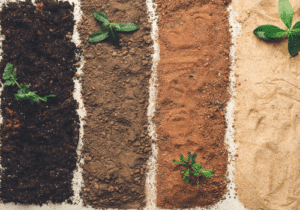
Selecting the right substrate is a key element in successful
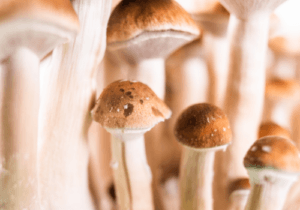
Welcome to the enchanting realm of our All-in-one Grow Kit,
© 2023 Myterra Labs. Designed by Laura Ramsay. Developed by Info2grow Media Services.